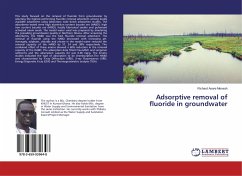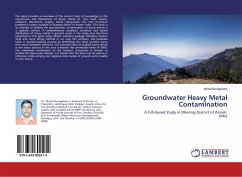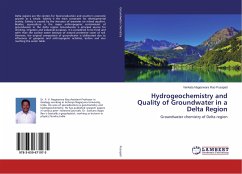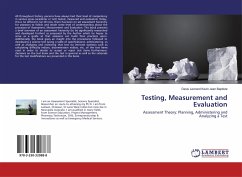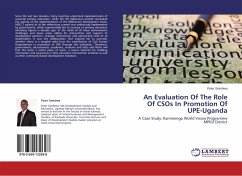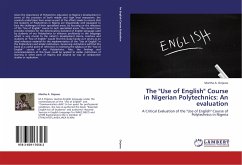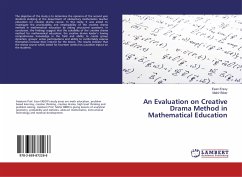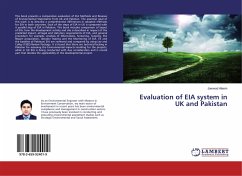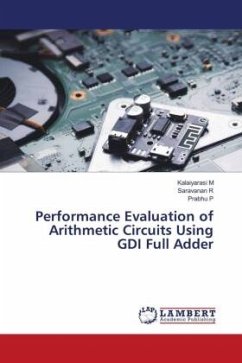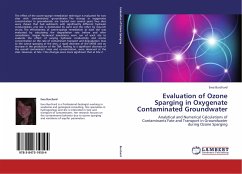
Evaluation of Ozone Sparging in Oxygenate Contaminated Groundwater
Analytical and Numerical Calculations of Contaminants Fate and Transport in Groundwater during Ozone Sparging
Versandkostenfrei!
Versandfertig in 6-10 Tagen
39,99 €
inkl. MwSt.

PAYBACK Punkte
20 °P sammeln!
The effect of the ozone-sparge remediation technique is evaluated for two sites with contaminated groundwater. The change in oxygenates concentration in groundwater are tracked over several years. Two sites were chosen that had sediments with significantly different hydraulic conductivities: one site is dominated by sand and the other by clay-rich strata. The effectiveness of ozone-sparge remediation at each site was evaluated by calculating the degradation rate before and after remediation began. Numerical simulations were run of each site to evaluate the effect of varying hydraulic conductiv...
The effect of the ozone-sparge remediation technique is evaluated for two sites with contaminated groundwater. The change in oxygenates concentration in groundwater are tracked over several years. Two sites were chosen that had sediments with significantly different hydraulic conductivities: one site is dominated by sand and the other by clay-rich strata. The effectiveness of ozone-sparge remediation at each site was evaluated by calculating the degradation rate before and after remediation began. Numerical simulations were run of each site to evaluate the effect of varying hydraulic conductivity and ozone concentration on the rate of contaminant transport and degradation. Due to the ozone sparging at the sites, a rapid decrease of the MTBE and an increase in the production of the TBA, leading to a significant decrease of the overall contaminant mass and concentration, were observed at the sites. However, at Site 1 the changes were more significant that at Site 2.



